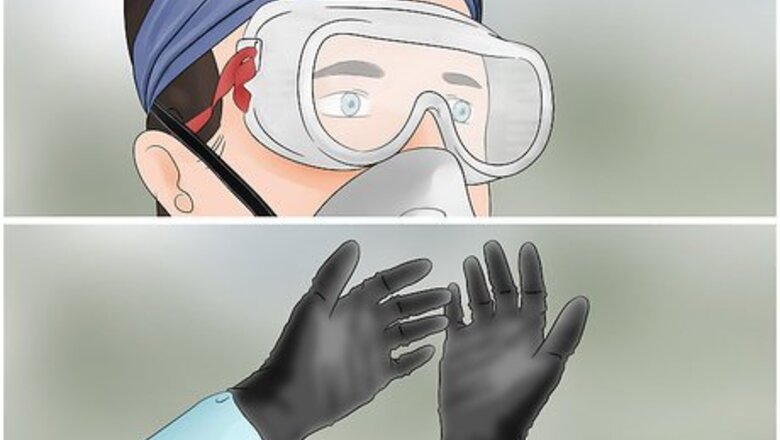
views
Gathering Your Supplies
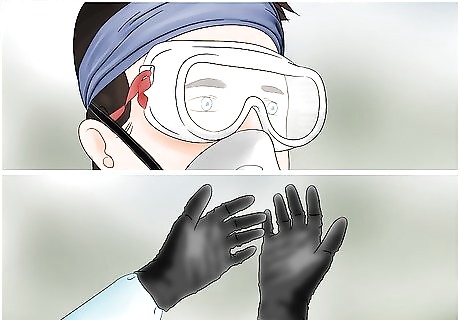
Wear protective gear. Safety is extremely important when making or dealing with quicklime. Quicklime is extremely dangerous and is reactive to moisture. When making or handling quicklime, you must wear safety material. Specific dangers include eye hazards and skin hazards. Contact with eyes or skin can cause burning and possibly permanent damage. In order to avoid hurting yourself make sure to wear: Chemical goggles and/or safety glasses. A face shield. Protective gloves and clothing. Make sure all skin is covered.
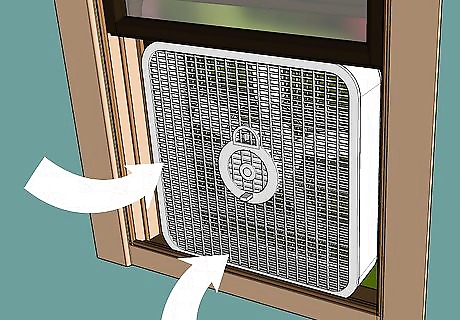
Make sure you have proper ventilation. In addition to skin and eye burning dangers, quicklime also offers an inhalation hazard to those making it or exposed to it. In order to avoid this, you need to make sure you have proper ventilation and other safety equipment when making or working with quicklime. At the very least, use a dusk mask. It is recommended that cooking quicklime be done outside or in a facility with very good ventilation.
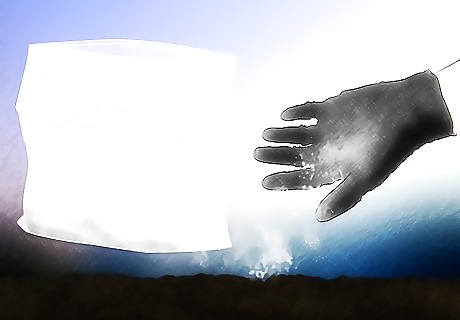
Find a source of calcium carbonate. Your first step is going to be finding the raw material for quicklime. These raw materials can be purchased at garden stores, hardware stores, or construction material suppliers. The main source of lime is rock that contains calcium carbonate. In picking a source of lime, consider: Dolomite Chalk Limestone. Avoiding calcium sulfate (such as gypsum). Cooking gypsum could create hazardous and toxic fumes.

Get the right amount of rock. After you’ve determined what raw source of calcium carbonate you’ll be using, you need to get the right amount of rock to make your quicklime. Because whatever rock you’ll be using as a material to make quicklime will not contain 100% calcium carbonate, you’ll need to acquire more rock than you’ll need for the amount of quicklime you want to make. You will need 1.8 units of raw calcium carbonate for every 1 unit of quicklime you want to make. If you are buying pre-bagged calcium carbonate mix or any sort of rock mixture, make sure to pay attention and consider the directions and ingredient makeup specified on the bag or box. Do not substitute a rock or rock mixture that is not dolomite, chalk, or limestone without consulting a specialist.
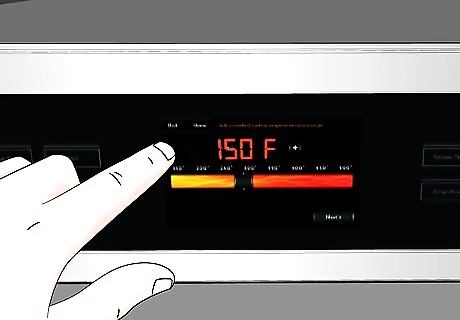
Get a kiln. One of the biggest pieces of equipment you’ll need in making quicklime is a stove or kiln. Your stove or kiln should be up to the task of cooking the amount of quicklime you intend to make. Your kiln needs to be able to maintain high temperatures (over 1000 degrees Celsius) for up to an hour. Your kiln must be big enough for you to make the desired amount of quicklime. Try to make your quicklime outside. However, if you must make it inside, you should have proper ventilation where your kiln is located. This could be a vent or windows that create a cross draft.
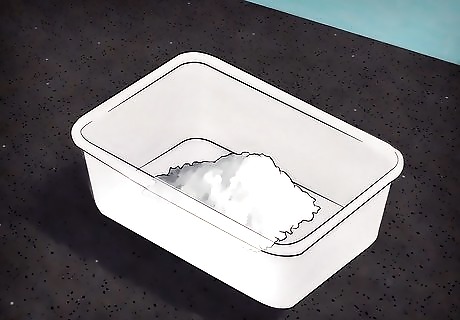
Avoid calcium sulfate. At all costs, you want to avoid calcium sulfate rocks or rock mixtures. If you heat calcium sulfate, it will decompose to form calcium oxide and sulfur trioxide, which is a poisonous gas. This gas can cause serious injury to you, your family, and your pets.
Cooking Quicklime
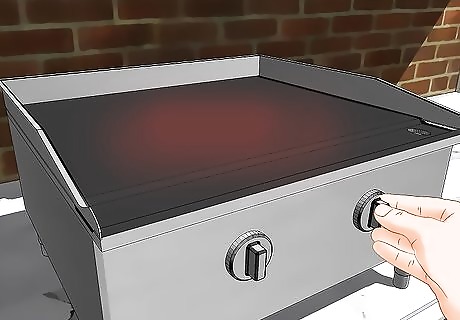
Heat your kiln. Your first step in cooking quicklime will be to heat your kiln to the proper temperature. This is important because calcium carbonate needs to be heated to a certain temperature in order for it to begin thermal decomposition. Make sure: To heat your kiln to 1000 to 1100 Celsius. Your kiln remains steady at this temperature before continuing. Your calcium carbonate rock mixture is not immediately next to the kiln as it is heating. To remove any water or other liquids that may be in the immediate vicinity of the kiln.
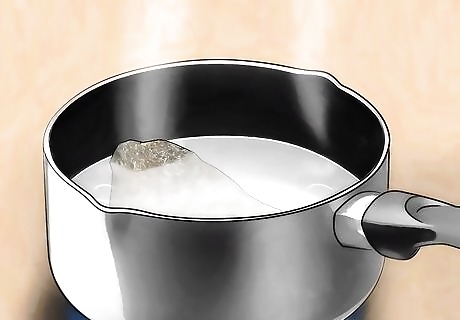
Put your calcium carbonate in the kiln. After you’ve heated up your kiln, the next step is to put your calcium carbonate mixture into an appropriate container and put it in the kiln. Here you will begin the process of turning your rock mixture into quicklime. Heat your calcium carbonate directly on the flame until it becomes red hot. Do this for about 2-3 minutes. The rock will decompose on heating to create calcium oxide (quicklime) and carbon dioxide. After it is apparent that the rock has been cooked and decomposed, turn the heat off.
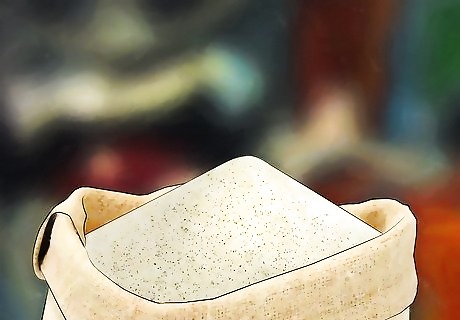
Let your quicklime cool. After you’ve melted your calcium carbonate mixture and produced quicklime, you need to let it cool before doing anything with it. Ultimately, hot quicklime, especially when mixed with water, can create a serious hazard for you, your family, and your pets.
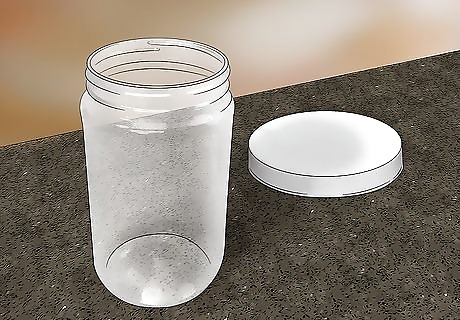
Store your quicklime. After you’ve let your quicklime cool, you need to prepare to store it. Storing it properly is extremely important as quicklime is a potentially dangerous substance. There are a number of things you should consider when storing quicklime. Store it in a dry heavy-plastic or metal container. Seal your container well. Keep your container out of reach of pets or small children. Keep your quicklime dry. Quicklime reacts violently when mixed with water. As a result, you need to keep your quicklime dry and in a location where it won’t be exposed to leaks or floods.


















Comments
0 comment